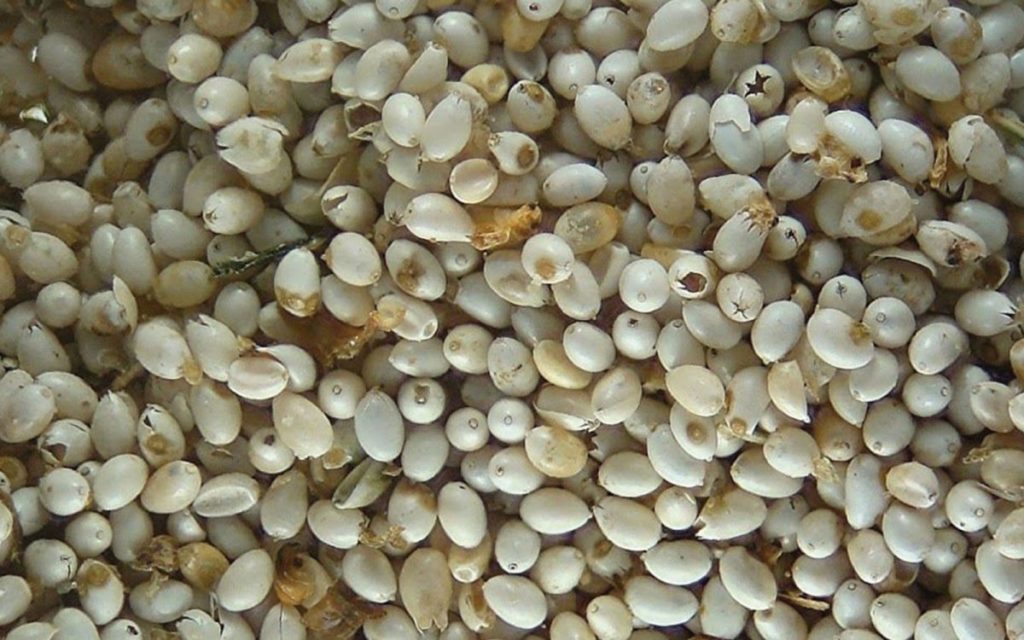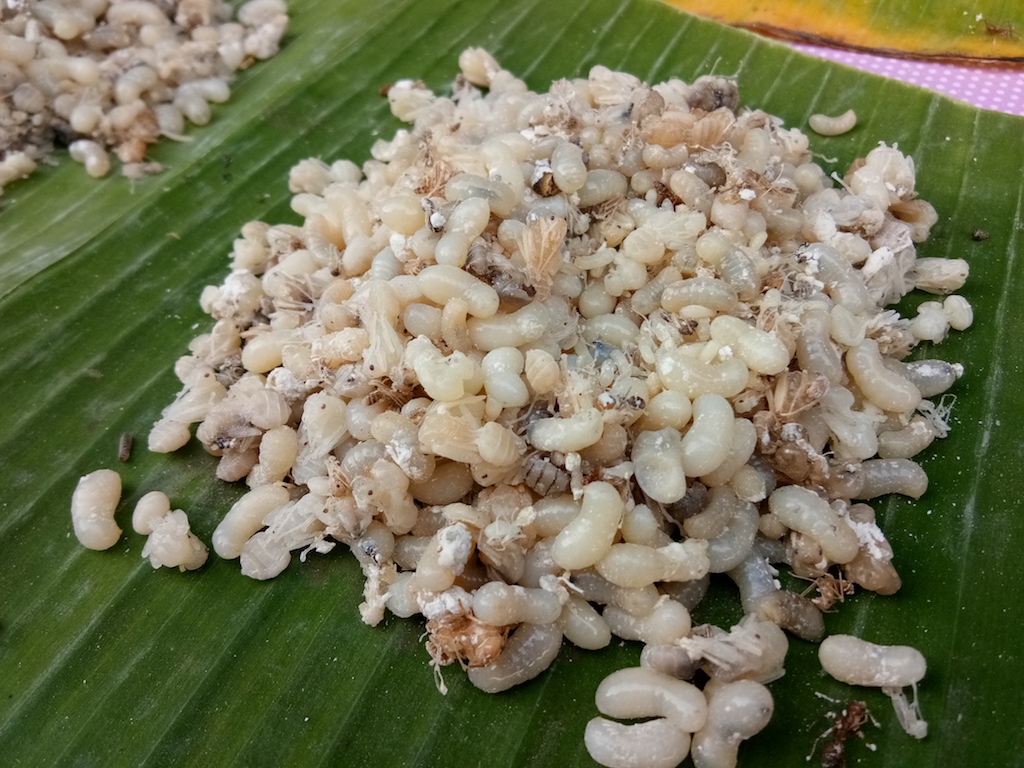We have already shown you a little about the innumerable traditions that surround Mexican culture, from some legends and symbols that represent the beliefs of various native cultures, to the gastronomy or typical costumes that have transcended to the present. The topic that is a clear reflection of the traditions of our ancestors is food, since nowadays in Mexican cuisine we still find those aromas, flavors, and colors that have traveled through time and they are a signature element of our country.
There are dishes that include some exotic ingredients —such as some edible flowers— and some others with very characteristic Mexican elements, such as corn, but did you know that another great source of nutrients that our ancestors used was insects?

For ancient cultures, insects were an essential part of their daily diet, since, after current studies, they contain 10% more protein than meat, and they are also rich in calcium, magnesium, and vitamin B. Of course, at that time indigenous people consumed insects without knowing those facts, however, they adopted this ingredient due to their traditions.
Among the indigenous communities, there is still a deep belief about the natural elements, in this case, insects have been represented both in pictograms and sculptures and in popular stories. For example, within the Mayan culture, it was believed that butterflies were the souls of warriors killed in battles or sacrifices, on the other hand, the Aztec culture used some insects as a natural remedy for scrapes or minor ailments.
Over the years, the use of insects as traditional medicine or within our beliefs has been disappearing, however, contemporary gastronomy has saved these typical and exotic ingredients and now they are included in our cuisine.
Acocil
It is a species of crayfish considered water insects and it is very similar to shrimp but in miniature size. These insects grow in freshwater in the Veracruz area, and some people said that in the past they were fished with a very thin net made of maguey fibers. The traditional way of eating them is boiled or toasted, a delicious delicacy perfect for tacos or as a snack to accompany the traditional tequila or mezcal.

Ahuautle
Considered Mexican caviar, even when a great debate has been generated for many years because for some people the Mexican caviar par excellence is escamol, another edible insect; ahuautle is the egg of a type of water bug called axayácatl. After being taken out of the lake or river, they are placed in the sun so that they reduce their size even more, and then they can be used as a great ingredient. Traditionally it is added to some dishes such as tamales or mixiotes and they give it an indescribable texture and flavor.
Some stories affirm that the emperor Moctezuma delighted in this delicacy every morning, as this insect was his breakfast every day.

Ek wasp
An insect found in wild corn plants in the jungles of the Yucatan peninsula, Eks is one of the few Mexican wasps that produce honey, and it is complex work to locate their comb. But once they are collected, they are a delicious snack, because when toasting them, their flavor is enhanced and highlights other ones as popular as typical salsa roja.

Mezcal worm
For sure, it is one of the most popular insects in Mexico, because it further enhances the traditional flavor of mezcal. This type of worm is a larva of a butterfly that grows in the maguey and there are two varieties of these insects, the white worms known as mecocuil and the red ones called chinicuil or tecol. They are usually cooked with butter or olive oil, even salt is made with this worm, and it is a delicacy that you must try!

Escamoles
They are the eggs of the güijera ant and are found mainly in Hidalgo and Tlaxcala. The nests of these insects are located two or three meters below the plant of nopales or mesquite trees, and their process of reproduction can take up to 5 years. However, its sweet flavor accompanies perfectly light savors such as squash blossoms.

In Mexico, there are around 500 varieties of native insects, and most of them are consumed without previous cooking, but of course, we recommend you try the infinity of dishes that are cooked traditionally with insects. Would you dare to try these exotic ancestral flavors?

